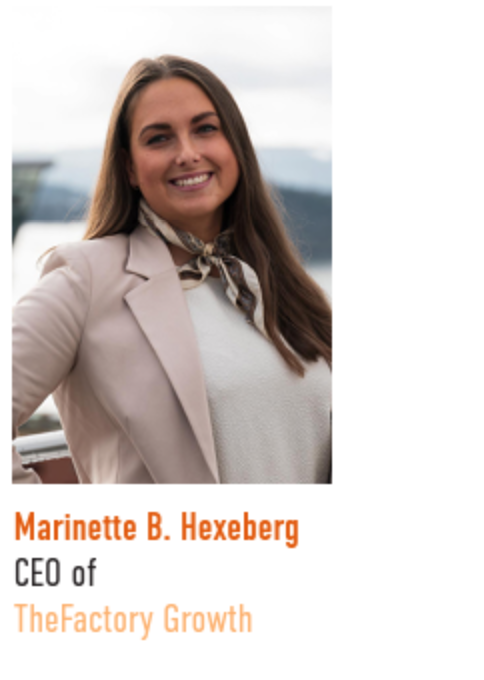“We tend to glorify the very few who manage to create vast amounts of value, whilst forgetting that this is not the standard. In reality, the median will create almost no return at all on their entrepreneurial ventures.”
Academically speaking we do not know a lot about the scaleup process. What we see when looking into the existing literature is a number of limited case studies in practitioner journals that only hig- hlight the successes and the success is always tributed to already known reasons.
What it takes for a startup to scale up is an unanswered academic question, we can to this day unfortunately not provide a magic formula along the lines of “do these five things to become a suc- cessful entrepreneur”. We are not there in terms of our knowledge as a society to come up with a script. If this were to be the case we would not see 95% of all startups fail. A recent study has focused on entrepreneurs going back to standard employment after leaving their companies for a variety of reasons. Initially, it was believed that these people would be penalised for their absence on the job market, however, the opposite turned out to be true. Entrepreneurs develop a different understanding of companies due to their expe- rience and often outperform their “regular” colleagues. This study took place six years ago and is considered to be one of the more recent ones, so one could argue that the academic side of things on this particular topic is lagging behind the industry.
What academics have done very well over the past few years is creating complex algorithms to assess the value of firms. That being said, most of these algorithms would fail when being applied to startups because they require a certain amount of sales and cash flow, which in the early stages of a startup are not the best metrics to evaluate. Sales will be low to none existent and the cash flow will most likely be negative. Therefore we need other metrics to base our assumptions on and those you can thus far only find outside of the academic framework. Based on the experience I have accumulated over the years I have managed to determine some of these basic soft metrics that are required for a successful entrepreneur.
The first one is what is called “hutzpah” in Yiddish; a strong belief in oneself combined with an outspoken willingness to take risks and the boldness of disregarding expected behaviour standards. This should be represented by both the founders and the current owners of a company. It shows that there is a driving expansion force behind the concept. The second metric stems from one of the most comprehensive researches on scaleups in the US in which they attempted to come up with a way of measuring the likelihood of a startup reaching an IPO. In that research, naming turned out to be one of the most important early-stage factors in determining the likelihood of an IPO. A company’s name should not be restrictive e.g. “Arendal Pizza”. By including a location, an industry or a product
in the company name you automatically limit the possibilities of that company, showing investors that you as an entrepreneur have a narrow growth mindset. One important side note to keep in mind is that we are focusing on the companies that want to expand, not those who wish to specialise within a certain branch.
What we have learned from the Israeli is the importance of actions over storytelling. Israel has become a startup hub in the last decade and currently features the highest number of startups per capita in the world and part of why they have achieved this level of entre- preneurship is because of their go-getter mentality. Actions speak louder than words and from failures, you can only learn. A common practice is piloting beta-versions in the home market and a small portion of the most suitable foreign market to show investors the product is viable, rather than coming up with a slide deck showing why this particular foreign market could be the next step. Succee- ding in the home market will open up financing options to test the beta version in the foreign market. Once those two actions have established long term viability, the testing in the centre of whatever industry the company is in can start along with further development and major funding rounds. Be sure to keep in mind your actual market potential. Often founders pitch an idea and to strengthen it with some numbers they throw in the total valuation of this market. You have to be realistic, and evaluate what margin of the market you are aiming for. E.g. it is not because the security market is worth trillions of dollars that you have a potential market of trillions of dollars. You will most likely focus on a very slim margin of that particular market.
Download and read the magazine here! STARTUPBEAT #4 - Ready for Growth









